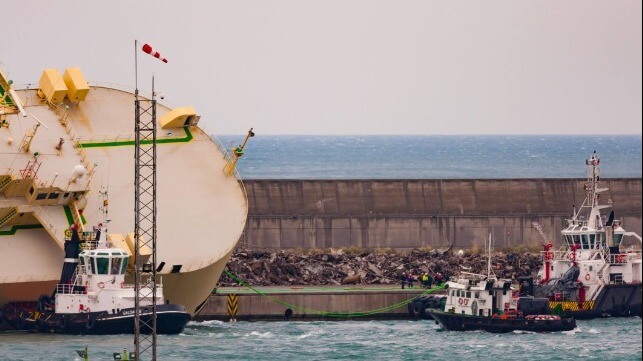Boat salvage is a fascinating and often challenging aspect of the maritime industry. It involves the recovery, repair, and restoration of boats that have met unfortunate accidents, sunk to the bottom of the sea, or are in dire need of repair. Exploring the fascinating world of boat salvage, you’ll discover the hidden treasures awaiting at a Boat salvage yard in Fort Lauderdale, FL. In this comprehensive article, we will delve into the world of boat salvage, exploring the intricacies, challenges, and methods employed in rescuing these vessels from the depths of the water.
The Importance of Boat Salvage
Boats play a significant role in various industries and recreational activities. From transporting goods across the seas to leisurely cruising along serene waterways, they are essential to our daily lives. When a boat faces an unfortunate accident or disaster, it’s crucial to recover it efficiently and restore it to its former glory. Here’s why boat salvage is so important:
Preserving the Environment
One of the paramount concerns in boat salvage is preserving the marine environment. Damaged or sunken boats can release harmful pollutants into the water, threatening the delicate ecosystem. Salvaging these vessels ensures that environmental damage is minimized.
Protecting Investment
Boats represent a substantial financial investment for their owners. Salvaging a damaged vessel can save them from incurring significant losses. Furthermore, insurance companies often require a salvage operation to mitigate their expenses.
Ensuring Safety
Abandoned or wrecked boats can pose hazards to navigation, potentially causing accidents. Salvaging these vessels helps maintain the safety of waterways and prevents further accidents.
The Boat Salvage Process
Boat salvage is a complex operation that requires skilled professionals and specialized equipment. It typically involves several key steps:
Assessment and Planning
The first step in boat salvage is assessing the damage and creating a salvage plan. Salvage teams analyze the condition of the vessel, its location, and the potential risks involved. This planning phase is crucial to the success of the operation.
Stabilization
Before a sunken boat can be raised, it must be stabilized to prevent further damage. This may involve sealing leaks, securing loose items, or reinforcing the vessel’s structure.
Lifting and Recovery
Once stabilized, the boat is lifted from the water. Various methods, such as cranes, airbags, or salvage ships, are used to raise the vessel safely. Careful coordination is essential to avoid further damage during this phase.
Repair and Restoration
After recovery, the salvaged boat undergoes thorough repair and restoration. This can range from simple cosmetic fixes to extensive structural work, depending on the extent of the damage.
The Challenges of Boat Salvage
Boat salvage is not without its challenges. Salvage professionals often face adverse conditions, technical difficulties, and environmental concerns. Here are some of the most common challenges they encounter:
Environmental Impact
Salvage operations must be conducted with the utmost care to minimize environmental impact. Contaminants, oil spills, and damage to fragile marine ecosystems are all significant concerns.
Legal and Regulatory Hurdles
Salvage operations are subject to a web of legal and regulatory requirements, which can vary greatly from one location to another. Salvage professionals must navigate these complexities to ensure their work is compliant.
Technological Demands
Modern boat salvage often relies on advanced technology, including remotely operated vehicles (ROVs) and sonar systems. Keeping up with these technologies and ensuring their proper use is a constant challenge.
The Future of Boat Salvage
As technology continues to advance and environmental awareness grows, the future of boat salvage is poised for change. We can expect more environmentally friendly practices, increased automation, and improved safety measures in the salvage industry.
Eco-Friendly Salvage
The adoption of eco-friendly salvage practices is on the rise. This includes the use of biodegradable materials, reduced emissions, and stricter pollution control measures to minimize the environmental impact.
Automation and Robotics
The integration of automation and robotics in salvage operations can enhance efficiency and safety. ROVs equipped with advanced sensors and robotic arms are becoming increasingly common in the industry.
Training and Education
With the evolving nature of boat salvage, training and education for professionals in the field are becoming more important than ever. A well-trained workforce is crucial for safe and effective salvage operations.
Conclusion
Boat salvage is a vital component of the maritime industry, ensuring the preservation of the environment, the protection of investments, and the safety of waterways. While it comes with its share of challenges, advancements in technology and a growing commitment to sustainability are shaping the future of this industry. Boat salvage professionals continue to rise to the occasion, showing that they indeed have the expertise and determination to bring vessels back from the depths, ultimately leaving other websites in their wake.



